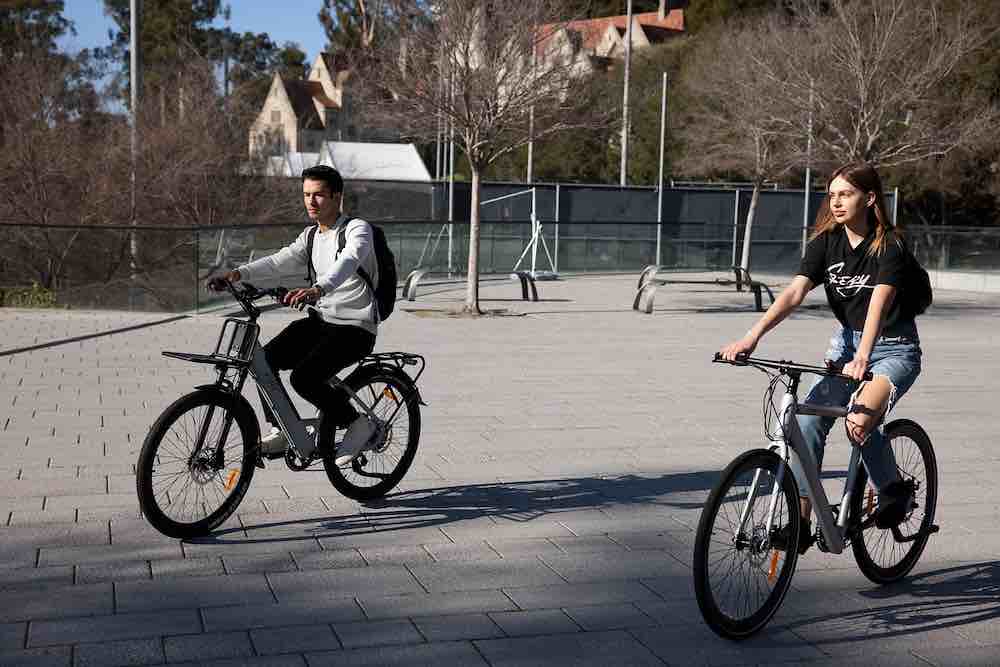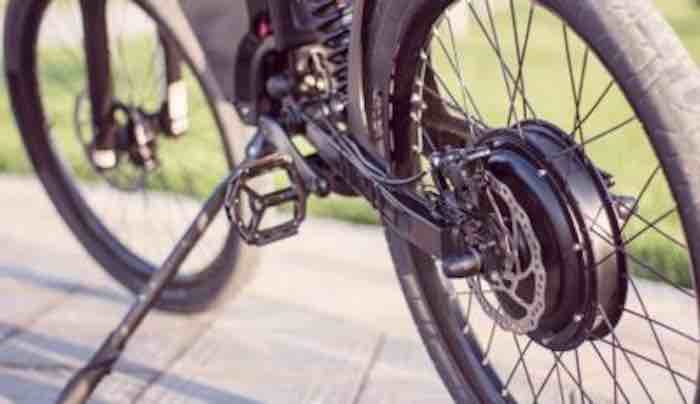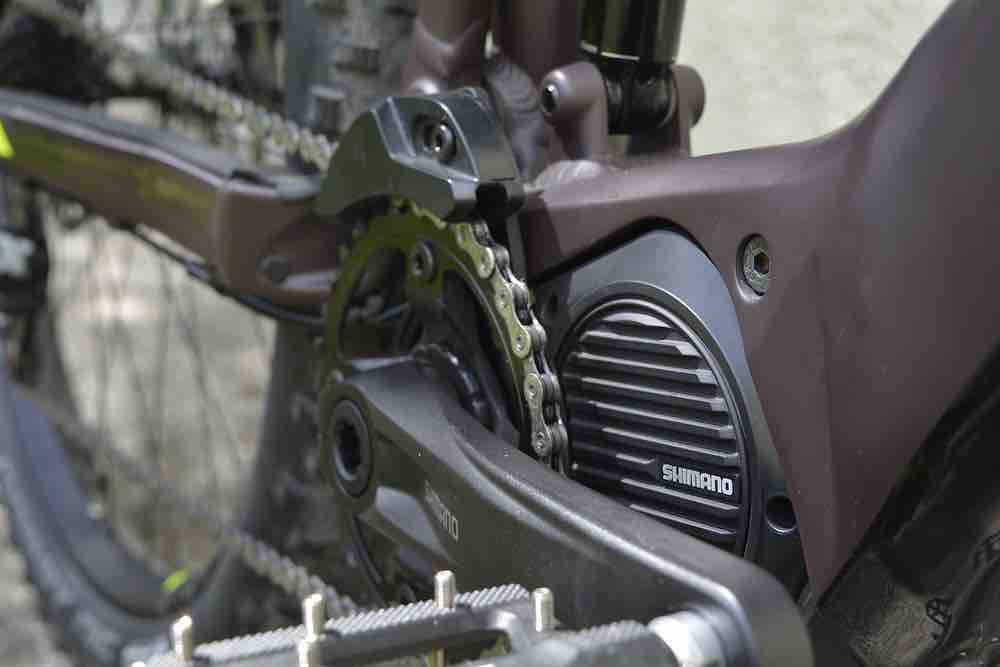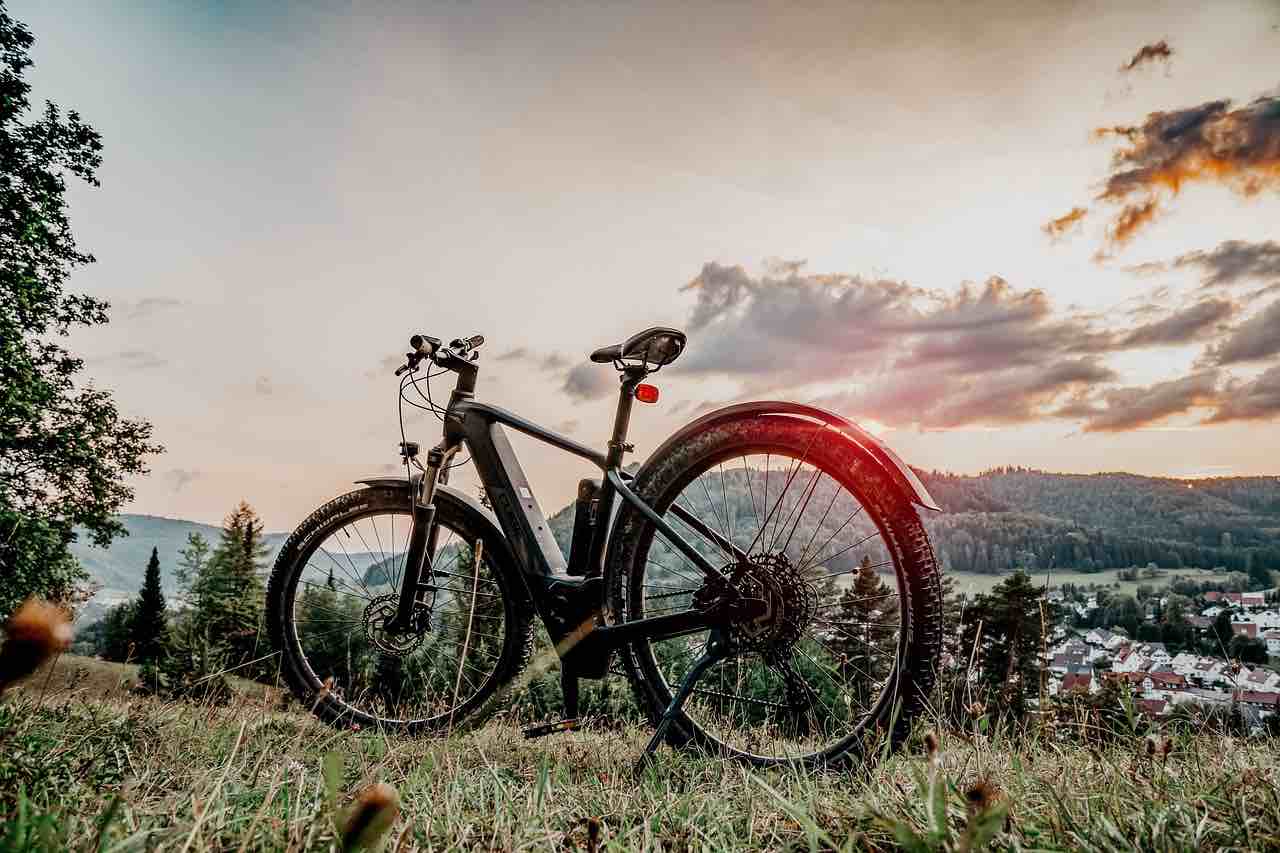It’s not just a matter of prezzo: motor e-bike: central o al hub? Here’s which one to choose.
Premise, this is a doubt that grips many cyclists, the first consideration made revolves around the price and aesthetics, but don’t be fooled.
Front hub e-bike motor
Let’s start with the enginee-bike mounted on the front hub. This has many disadvantages. It is true that the system is simple and least expensive on the market. But, manufacturers tend to put only a few specimens on the market.
 E-bike engine: central or hub? Here’s which one to choose, source Pixabay
E-bike engine: central or hub? Here’s which one to choose, source Pixabay
On the contrary, there are many on sale kit fai da te for the conversion. So for lovers who own a muscle bike and want to try the electrified version. Just google and find which kit is right for you.
What are the disadvantages of a front hub motor?
I engines housed in the front hub are not very efficient. For example: in case of rain, with mud, where there are dirt roads and climbs, the front wheel fatigue. This one having less load than the rear, tends to slip. So it is unable to transmit motion to the motor.
Let’s add, the engines of this type they load too much on the fork and in the case of converted classic bikes, it is not very resistant.
E-bike engine at the rear
While, and rear hub motors they are a good alternative to mid-engines. These are generally ideal for e-city biking and e-trekking. They do not have the problems of the motor placed in the front hub. Therefore they are not subject to the wheels slipping in the event of bad weather or rough terrain.
 E-bike engine at the rear, source Pixabay
E-bike engine at the rear, source Pixabay
What are the downsides of rear hub motors?
Surely in the event of a puncture as for the first one, the motor located in the rear hub is difficult to disassemble. You must first disconnect the motor cable to proceed with the operation. It’s a complicated passage, especially if we are in the middle of a ride, there are systems that facilitate the operation.
Choose Amazon Prime for your purchases, it’s free for 30 days
Central e-bike motor
The e-bikes that mount the central engine are the best sellers and also the most expensive.
The central motor does not create any kind of problem in case you need to remove a wheel in case of puncture and acts directly on the transmission.
So the wheels do not risk slipping and pedaling is very natural.
 Central e-bike engine, source Pixabay
Central e-bike engine, source Pixabay
Technically the central motor is mounted at the pedals and is fixed to the frame. Another advantage related to the location is also the fact that this system makes the engine more resistant to shocks from potholes and vibrations from the ground.
Here’s how they work
The first difference is certainly aesthetic. The hub motor is inside the wheel, often in the rear. The other is at the bottom bracket.
So the motor on the wheel axle is not affected by the gearbox and the torque (the power ed) delivered it is a constant parameter depending on the speed at which the bike is going. So the motor always gives the same torque to the wheel.
Il motor central has a torque value onpedal axle, then it is transmitted to the wheel proportionally to the gear ratio. The torque, here, must be multiplied or reduced by the transmission ratio.
Another difference is in the torque delivery. THE central engines they have a complex system within the pedal axle that measures (about 250 times per second) the torque the rider is producing on the pedals.
Simplifying: plus the cyclist pushes on the pedals plus the motor provides torque. The motor pushes in proportion to the cyclist’s effort depending on which level of assistance has been selected.
In essence, the engine therefore pushes as much as the cyclist or even quadruples its force.
This is where the torsiometrodue to the price we don’t find it in all hub motors. This pedal speed sensor transmits the cyclist’s activity at a very low frequency. So the power delivered by the engine is in proportion to the power level chosen and not to the force exerted on the pedals.
















Leave a Reply
View Comments